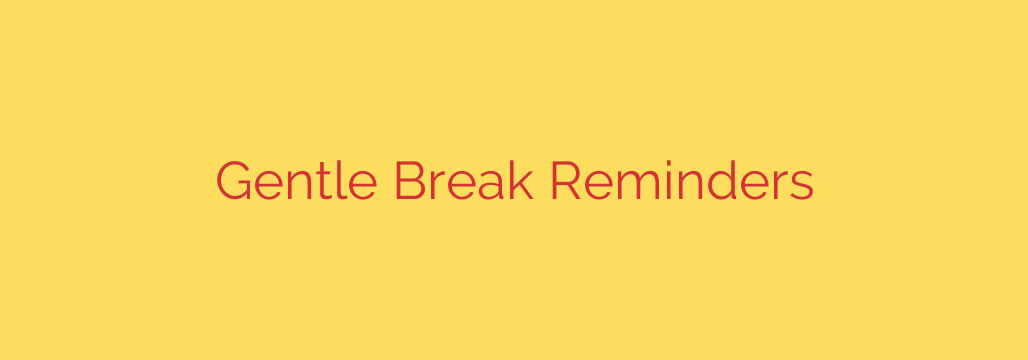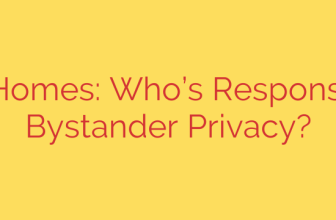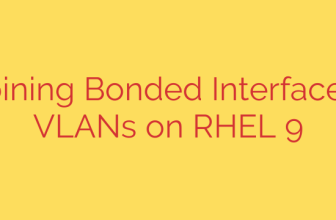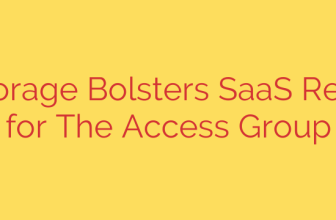
Boost Your Focus and Beat Burnout: The Science-Backed Power of Taking Breaks
In our fast-paced, always-on work culture, it’s easy to believe that pushing through hours of uninterrupted work is the key to success. We chain ourselves to our desks, fueled by caffeine and deadlines, often viewing breaks as a luxury we can’t afford. The truth, however, is that skipping breaks isn’t a sign of dedication—it’s a direct path to diminished productivity, increased errors, and eventual burnout.
Strategically stepping away from your work is one of the most powerful tools you can use to enhance your cognitive performance and protect your well-being. It’s time to reframe breaks not as a sign of weakness, but as an essential part of a smart and sustainable work strategy.
The Hidden Dangers of Skipping Breaks
Working for long, uninterrupted stretches might feel productive in the short term, but it comes at a significant cost. Our brains are not designed for extended periods of intense focus on a single task. When we ignore our natural need for rest, we begin to see serious negative consequences.
First and foremost is decreased cognitive performance. After about 90 minutes of sustained focus, your attention span begins to wane, leading to more mistakes, slower decision-making, and a drop in creativity. You’re working harder, but producing lower-quality results.
Physically, the toll is just as significant. Staring at a screen for hours contributes to digital eye strain, characterized by dry eyes, blurred vision, and headaches. Furthermore, remaining in a static posture for too long can lead to chronic neck, back, and shoulder pain. Over time, this mental and physical fatigue accumulates, paving the way for long-term burnout—a state of emotional, physical, and mental exhaustion that can be difficult to recover from.
How Regular Breaks Supercharge Your Performance
The science is clear: integrating regular breaks into your workday can dramatically improve your effectiveness and protect your health. Here’s how stepping away can help you accomplish more.
Improved Concentration and Focus: Short breaks act as a mental reset button. Stepping away from a task, even for just a few minutes, helps restore your attention span and allows you to return with renewed focus. This prevents the mental fatigue that leads to careless errors.
Enhanced Creativity and Problem-Solving: Have you ever had a brilliant idea while in the shower or on a walk? This happens because when you stop focusing intently on a problem, your brain switches to a more diffused mode of thinking. These moments of rest foster creative insights and allow you to approach challenges from a new perspective.
Reduced Physical Strain: Taking breaks gives you a crucial opportunity to move your body. Standing up, stretching, or taking a short walk alleviates physical discomfort caused by prolonged sitting. It improves blood flow, reduces muscle tension, and gives your eyes a much-needed rest from the screen.
Better Mental Health and Well-being: Constant work without rest is a major contributor to stress and anxiety. Scheduled breaks provide moments of decompression throughout the day, which helps regulate your stress levels and prevents the mental fatigue that leads to burnout.
Actionable Advice: How to Take Effective Breaks
Knowing that breaks are important is one thing; successfully integrating them is another. Here are practical strategies to make breaks a non-negotiable part of your routine.
1. Embrace the 20-20-20 Rule
This is a simple yet highly effective technique for combating digital eye strain. Every 20 minutes, look at something 20 feet away for at least 20 seconds. This simple action relaxes your eye muscles and can significantly reduce strain and headaches. Set a recurring timer to remind you.
2. Schedule Your Breaks
Don’t wait until you feel exhausted to take a break. By then, it’s too late. Treat your breaks like important meetings and block them out on your calendar. Techniques like the Pomodoro Technique—working in focused 25-minute intervals separated by 5-minute breaks—are excellent for building this habit.
3. Use Gentle Reminders
In the heat of a project, it’s easy for time to slip away. Utilize technology to provide subtle notifications or gentle reminders when it’s time to step back. Many applications and operating systems have built-in features that can be configured to fade the screen or pop up a quiet notification, nudging you to rest without being disruptive. This automated system ensures you don’t have to rely on willpower alone.
4. Make Your Breaks Meaningful
The quality of your break matters as much as the quantity. Avoid swapping one screen for another, such as scrolling through social media on your phone. Instead, use the time to completely disconnect.
- Get up and stretch.
- Walk around your office or home.
- Get a glass of water to stay hydrated.
- Practice a few minutes of mindful breathing.
- Step outside for some fresh air and natural light.
Ultimately, building a healthier and more productive work life starts with a simple mindset shift. Breaks are not an interruption to your work; they are an integral part of it. By embracing them, you invest in your long-term focus, creativity, and overall well-being, ensuring you can perform at your best day after day.
Source: https://www.linuxlinks.com/sane-gentle-break-reminder/








